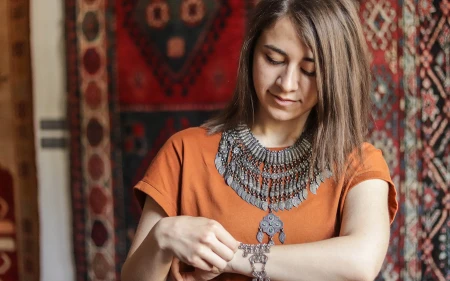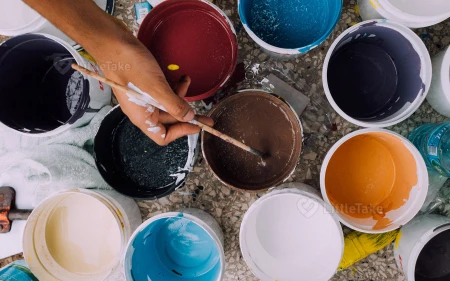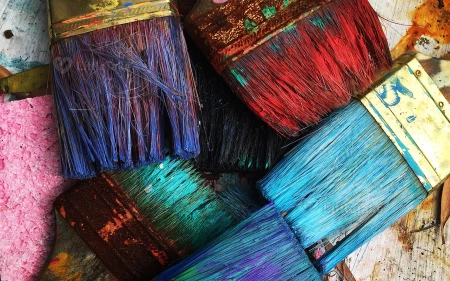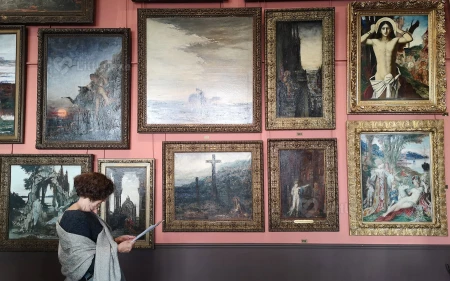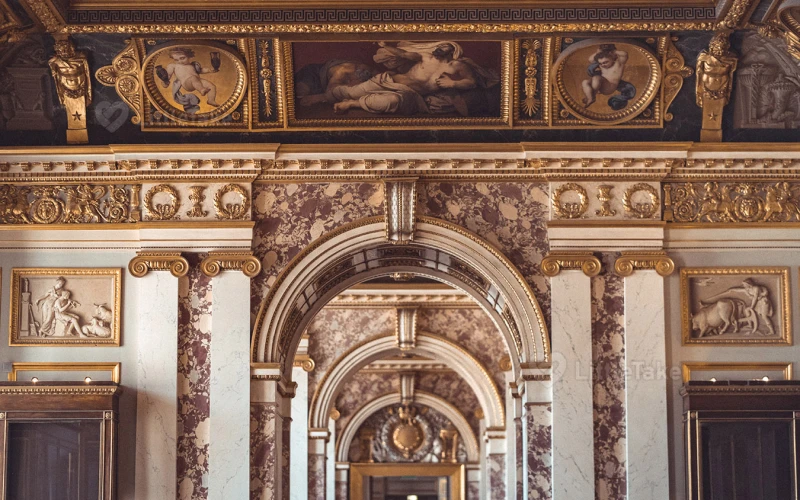
The Art of Mosaic
Mosaics are a timeless form of art, dating back thousands of years, and have been used to adorn buildings and spaces across numerous cultures. The intricate patterns and vibrant colors of mosaics captivate the eye and tell stories that transcend time. In this article, we'll explore the history, techniques, and significance of mosaic art, and discover its lasting impact on the world of art and design.
A Brief History of Mosaic Art
Mosaic art has its roots in ancient civilizations, with early examples found in Mesopotamia, Greece, and Rome. Over time, the art form spread to other cultures and evolved to reflect changing tastes and influences. Here are a few key moments in the history of mosaic art:
- Ancient Greece: Mosaics were used to decorate floors and walls with geometric patterns and scenes from mythology.
- Roman Empire: Roman mosaics featured elaborate designs and intricate scenes, often depicting daily life, and were used to adorn public buildings and private homes.
- Byzantine Empire: Byzantine mosaics were characterized by their use of gold and glass tesserae, creating luminous, spiritual images in churches and palaces.
- Islamic Art: Islamic mosaics featured intricate geometric patterns and arabesque designs, reflecting the Islamic prohibition on depicting human and animal figures in religious art.
- Modern Mosaics: Contemporary mosaic artists continue to push the boundaries of the art form, using new materials and techniques to create innovative designs.
Techniques and Materials
Mosaic art is created by assembling small pieces of materials, called tesserae, to form a larger image or pattern. Common materials include glass, ceramic, stone, and even found objects. There are several techniques for creating mosaics:
- Direct method: Tesserae are directly adhered to the surface, allowing the artist to see the final result as they work.
- Indirect method: Tesserae are placed face-down on a temporary surface, and then transferred to the final surface using adhesive. This method is useful for large-scale projects or when working with uneven surfaces.
- Double indirect method: Tesserae are first placed face-up on a temporary surface, and then covered with a layer of adhesive and a second temporary surface. The completed mosaic is then transferred to the final surface.
The Enduring Impact of Mosaic Art
Mosaic art continues to inspire and captivate audiences, offering a unique blend of artistic expression and craftsmanship. Its enduring appeal lies in its ability to tell stories, capture the essence of a culture, and bring beauty to the built environment. By exploring the rich history and techniques of mosaic art, we gain a deeper appreciation for the skill and creativity of the artists who have shaped this captivating art form.















